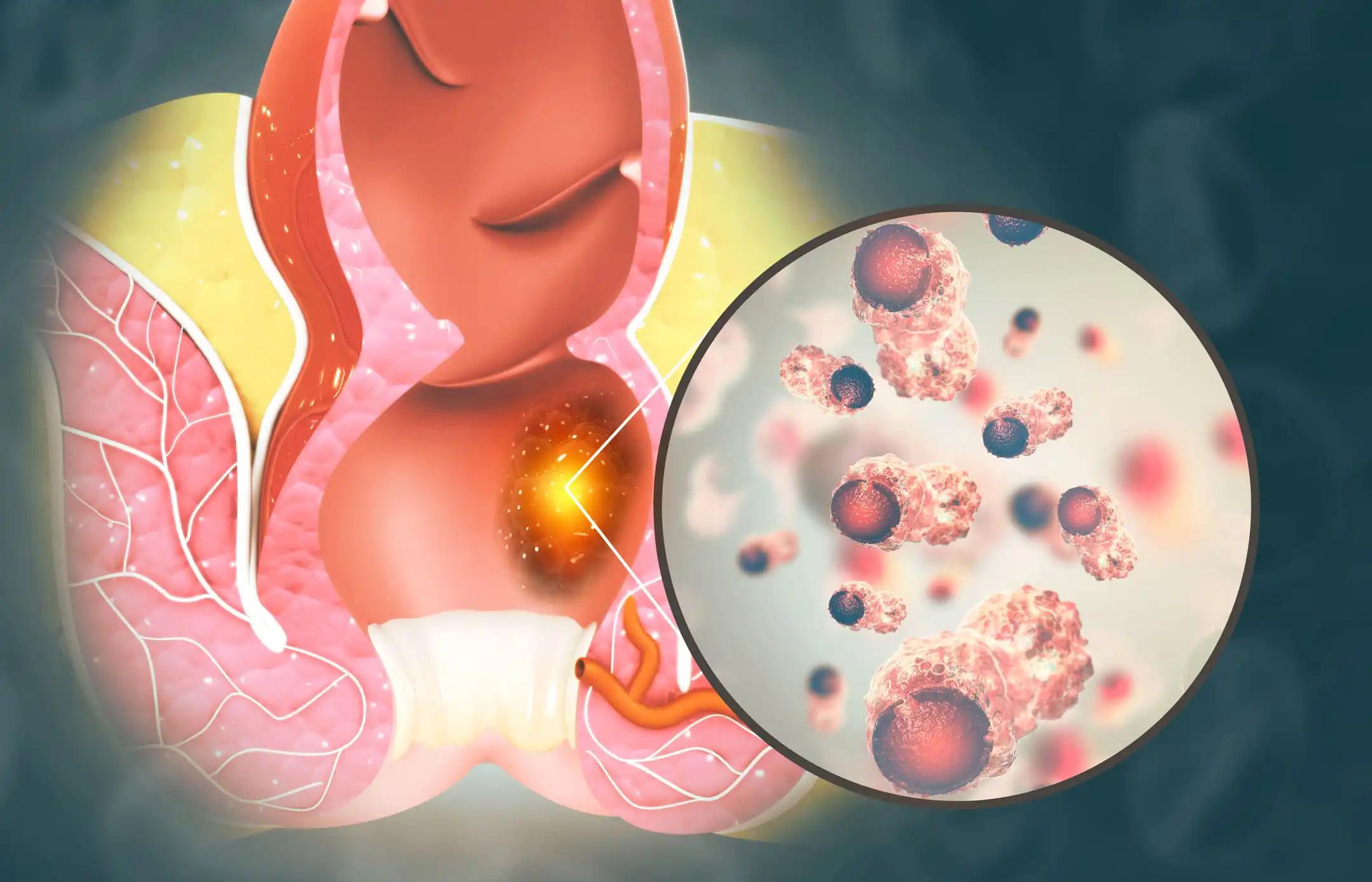KEY TAKEAWAYS
- The NCT02855944 Phase III ARIEL4 is a randomized, open-label, multicentre study.
- The study aimed to compare the efficacy and safety of oral Rucaparib 600 mg BID vs chemotherapy in patients with recurrent, heavily pretreated, BRCA1/2-mutated ovarian cancer.
- The study’s primary outcome measures were to evaluate the Investigator Assessed PFS of the efficacy and ITT populations, focusing on OS and PFS on the second line of therapy.
- The OS favored CT in the ITT population, but patients with platinum-sensitive disease had comparable OS across treatment groups
In the Phase III ARIEL4 study, Rucaparib substantially increased progression-free survival (PFS) in patients with heavily pretreated, relapsed, BRCA1/2-mutated ovarian cancer as the second line of therapy.
Oral Rucaparib 600 mg BID or chemotherapy (CT) was given to 2:1 randomized patients. Patients in the CT group received weekly paclitaxel if their disease was platinum-resistant (progression-free interval [PFI] 1–6 months) or partially platinum-sensitive (PFI 6–12 months), while those with fully platinum-sensitive disease (PFI 12 months) received the investigator’s choice of platinum-based CT (single-agent platinum or platinum doublet).
Patients assigned to CT were allowed to switch to Rucaparib treatment if radiographic progression was verified per RECIST. PFS2 was exploratory, whereas OS was an independent secondary endpoint. 69% of the 233 patients in the Rucaparib group and none of the 116 patients in the CT group were still receiving their designated study treatment. The OS HR in the ITT population was 1.313 (95% CI 0.999-1.725), and in the platinum-sensitive and platinum-resistant groups, were 1.071 (95% CI 0.688-1.630) and 1.511 (95% CI 1.53-2.170) respectively. The median OS of Rucaparib in these groups was 19.4 months, 29.4 months, and 14.2 months and for CT, it was 25.4 months, 27.6 months, and 22.2 months respectively.
PFS2 did not substantially differ between treatment groups, but in the ITT population, OS favored CT. Patients with platinum sensitivity had comparable OS across treatment groups; the platinum-resistant subgroup caused the difference in OS in the ITT cohort. Because of the high overlap rate, there are significant concerns about the order in which PARP inhibitors should be administered to treat advanced ovarian cancer. The safety of Rucaparib was consistent with earlier findings.
Source:https://oncologypro.esmo.org/meeting-resources/esmo-congress/overall-survival-results-from-ariel4-a-phase-iii-study-assessing-rucaparib-vs-chemotherapy-in-patients-with-advanced-relapsed-ovarian-carcinoma-a
Clinical Trial: https://clinicaltrials.gov/ct2/show/NCT02855944
Annals of Oncology (2022) 33 (suppl_7): S235-S282. 10.1016/annonc/annonc1054



